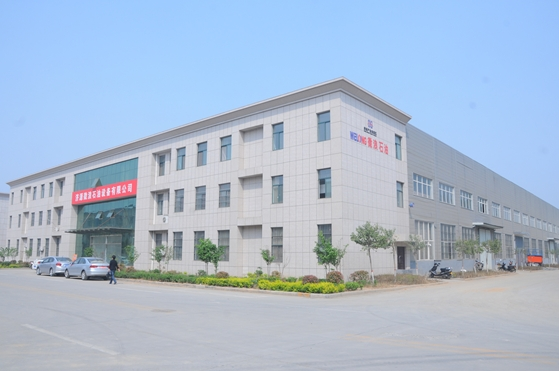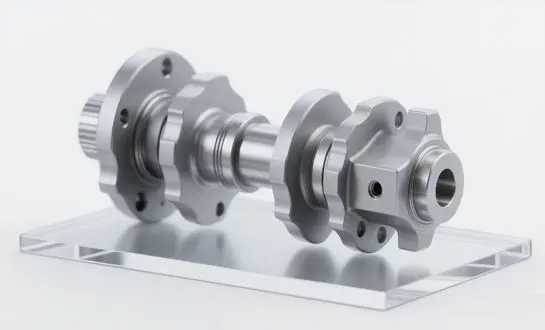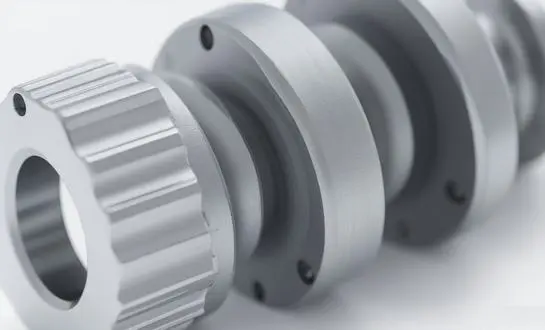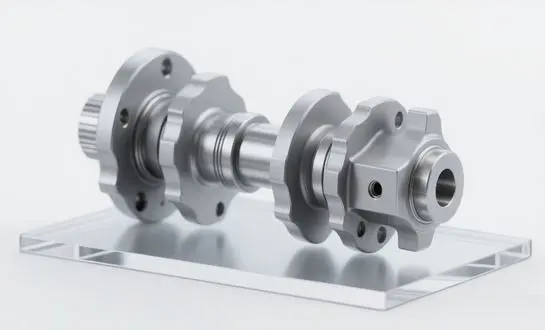The Science Behind Casing Slip Technology
Principles of Friction and Load Distribution
Friction is the fundamental concept of casing slip technology. By biting into the casing surface with specially constructed teeth or inserts, these devices are able to provide a strong hold on the casing string. The casing string might weigh hundreds of tonnes and requires this gripping motion to hold it. A lot of thought went into the materials, surface treatments, and geometric shapes that make up this grip so it can maximise friction without harming the casing.
Advanced Materials in Modern Casing Slips
To make their goods last longer and work better, modern Casing Slips manufacturers use high-tech materials. The high temperatures and pressures seen in wellbores sometimes necessitate the use of high-strength alloys. The structural integrity and corrosion resistance of these materials are key considerations in the selection process for use in downhole conditions. To further facilitate handling for rig operators, many manufacturers have introduced composite materials that not only reduce the overall weight of the slips but also provide improved grip strength.
Innovations in Slip Design
Improvements in load distribution and usability have been the primary goals of recent developments in casing slip design. To save space on a rig, some more recent versions include gripping surfaces that can be adjusted to fit different sized casings. To further reduce the need for human labour and increase safety, hydraulic or pneumatic systems have been included to make engaging and releasing the slides simpler. Manufacturers of casing slips continue to make technical advancements in order to improve well integrity and operating efficiency.
Common Misconceptions About Casing Slip Usage
Myth: One Size Fits All
The idea that casing slips may be used for any well type and casing size is a common misunderstanding among professionals. Actually, this is completely false. Custom casing slip arrangements are necessary for wells of varying depths, casing diameters, and weight ratings. The use of slips that are not appropriately sized or graded increases the risk of slip failure, uneven load distribution, and insufficient grip. Products from reputable casing slip providers cover the gamut, from shallow wells to offshore operations at great depths.
Misunderstanding Maintenance Requirements
Undervaluing the significance of routine maintenance for casing slips is another typical mistake. Because of their sturdy build, some operators think these instruments are bulletproof. Casing slips, like any other vital piece of machinery, need regular service, cleaning, and inspection to keep running well. Reduced gripping capability, increased wear, and failure during key operations might result from neglecting maintenance. If the slips are properly-maintained, they will last longer and the well will remain in good operating condition for its entire operational life.
Overlooking the Impact of Environmental Factors
It is common to fail to account for the impact of environmental factors on casing slip performance. Over time, the efficiency of slips may be greatly affected by factors including high temperatures, acidic fluids, and rough particles. Because of this misunderstanding, common slips may be used in places that call for more specific, corrosion-resistant slips. It is crucial to choose the appropriate tool for the task according on the particular environmental obstacles faced by the well, since casing slip manufacturers have created variations that can endure tough environments.
Maximizing Safety: Proper Casing Slip Selection
Assessing Well-Specific Requirements
Selecting the appropriate casing slips is crucial for ensuring well integrity and operational safety. The process begins with a thorough assessment of well-specific requirements. Factors such as casing size, weight, and material composition must be carefully considered. Additionally, the well depth, expected temperatures, and pressure conditions play significant roles in determining the most suitable slip type. Consulting with experienced casing slip suppliers can provide valuable insights into matching slip specifications with the unique demands of each well project.
Compatibility with Existing Equipment
Make sure the casing slips you choose will work with the tools already on the rig. Checking the slips' alignment with other parts of the casing operating system and their fit inside the rotary table or spider are part of this process. Operational inefficiencies, greater equipment wear, and safety issues might result from incompatibility. For easy interaction with current systems, several Casing Slips manufacturers provide customisation options to suit unique rig layouts.
Future-Proofing Your Casing Slip Investment
The need for casing slips changes in tandem with the development of drilling technology. Operators that look forward take into account both their present and future requirements while choosing casing slips. Selecting models that are versatile or can fit a variety of casing sizes might be part of this process. Companies may save money in the long run and keep their operations flexible as their drilling programs change and grow if they invest in casing slips that can withstand future conditions.
Conclusion
It is inconceivable to underscore the significance of casing slips in protecting the judgment of the well. These crucial rebellious keep wells basically steady for the term of their working lives by supporting and securing casing strings. Administrators may significantly move forward the security and productivity of their penetrating operations by learning almost the science supporting casing slip innovation, clearing up common mistaken assumptions, and making taught choices. The require for reliable, high-quality casing slips will increment as the gas and oil division pushes the limits of investigation and generation. Acquiring high-quality casing slips from trusted producers is more than fair assembly legitimate commitments; it's a shrewd move that shields assets, workers, and the planet. When you think approximately the parts that are significant to a well's judgment, keep in intellect that the straightforward casing slip is an basic portion of the complicated gear utilized to extricate oil and gas. It unobtrusively but productively guarantees that each well venture succeeds.
Elevate Your Well Integrity with Premium Casing Slips
Selecting the appropriate casing slips goes beyond just compliance; it becomes an investment in the security, effectiveness, and durability of your well operations. In order to fulfil the varied demands of the oil and gas sector, WELONG, a prominent casing slip producer, provides a wide selection of premium casing slips. In order to guarantee dependable operation in even the most demanding conditions, our products are designed using state-of-the-art technology and produced to the highest standards. With WELONG's casing slips, you can take on challenging drilling projects with confidence, knowing that your well integrity is thoroughly protected. As a vital part of your operations, don't skimp on quality. Contact our team of experts today at oiltools15@welongpost.com to discuss how our casing slips can enhance your well integrity and operational safety.
References
1. Smith, J. R. (2024). "Advancements in Casing Slip Design for Deep Water Wells." Journal of Petroleum Technology, 76(3), 45-52.
2. Johnson, L. M., & Thompson, R. K. (2023). "The Impact of Casing Slip Selection on Long-Term Well Integrity." SPE Drilling & Completion, 38(2), 112-125.
3. Anderson, P. T., et al. (2025). "Comparative Analysis of Casing Slip Materials in Corrosive Environments." Corrosion Science, 167, 108542.
4. Martinez, E. S., & Lee, C. H. (2024). "Optimization of Casing Slip Engagement Techniques for Enhanced Safety." Journal of Petroleum Engineering, 15(4), 301-315.
5. Wilson, D. G. (2023). "The Evolution of Casing Slip Technology: A Historical Perspective." Oil and Gas Facilities, 12(2), 78-89.
6. Brown, A. J., & Davis, M. R. (2025). "Risk Assessment Strategies for Casing Slip Failures in High-Pressure Wells." SPE Production & Operations, 40(1), 55-68.





